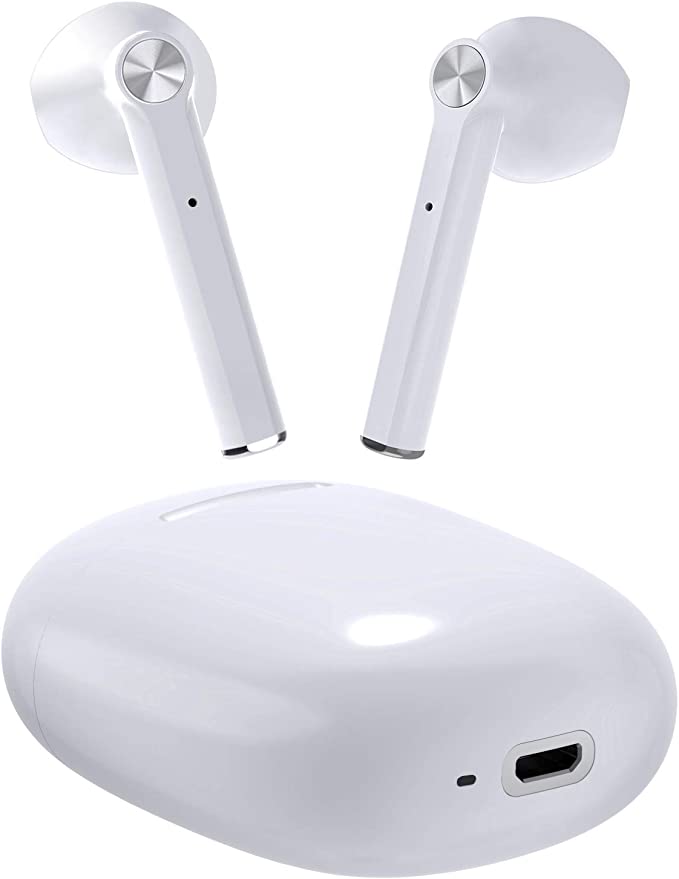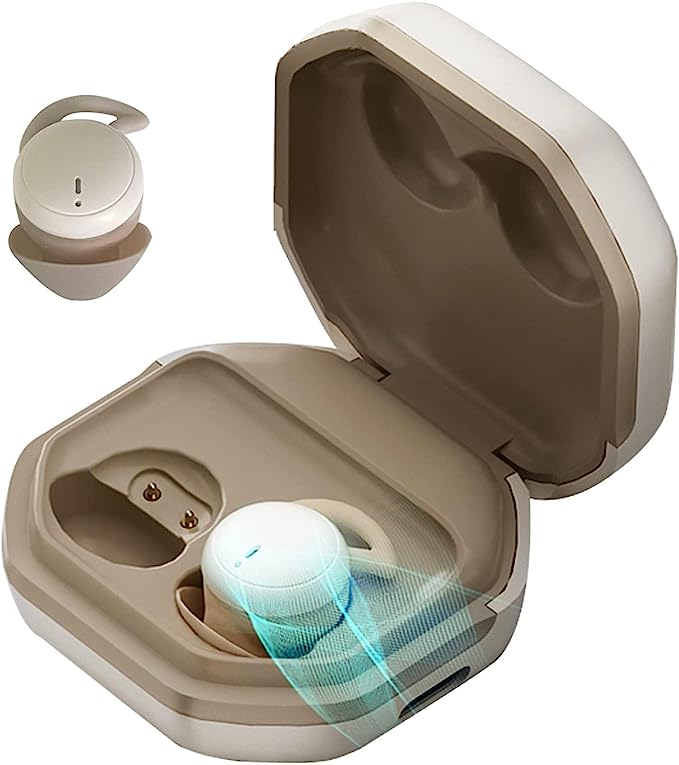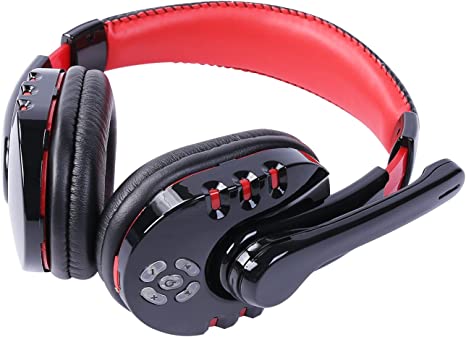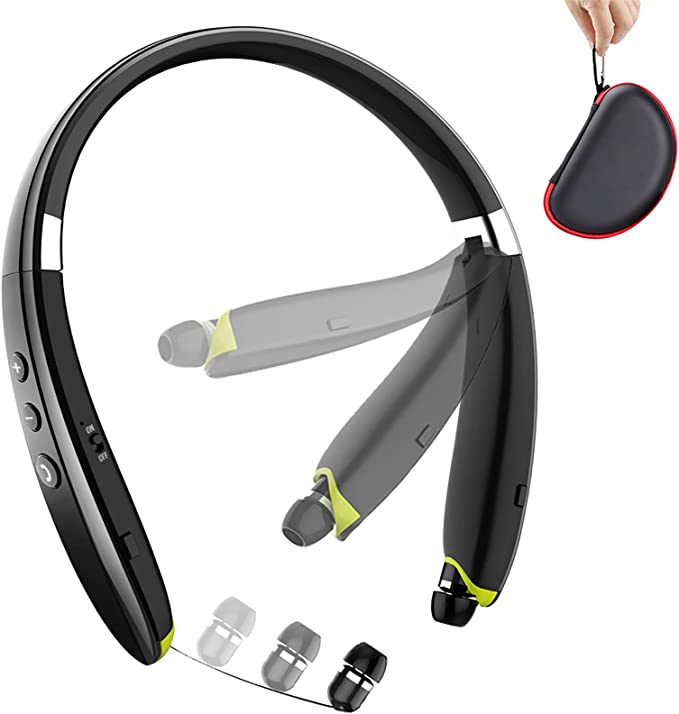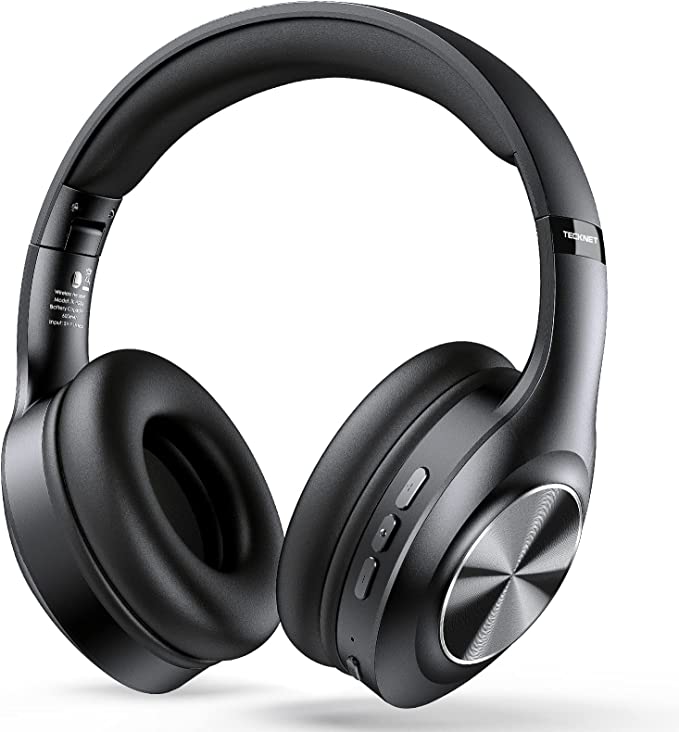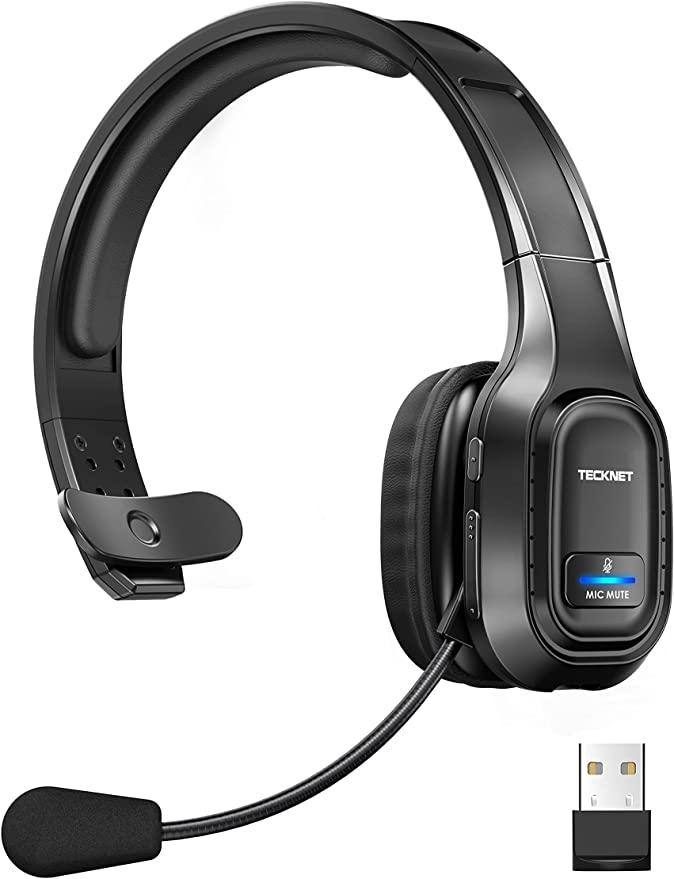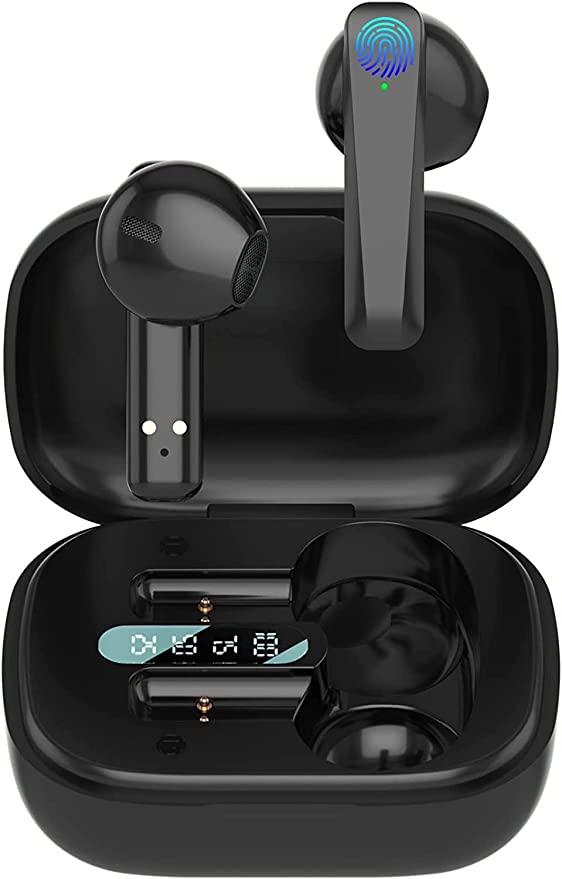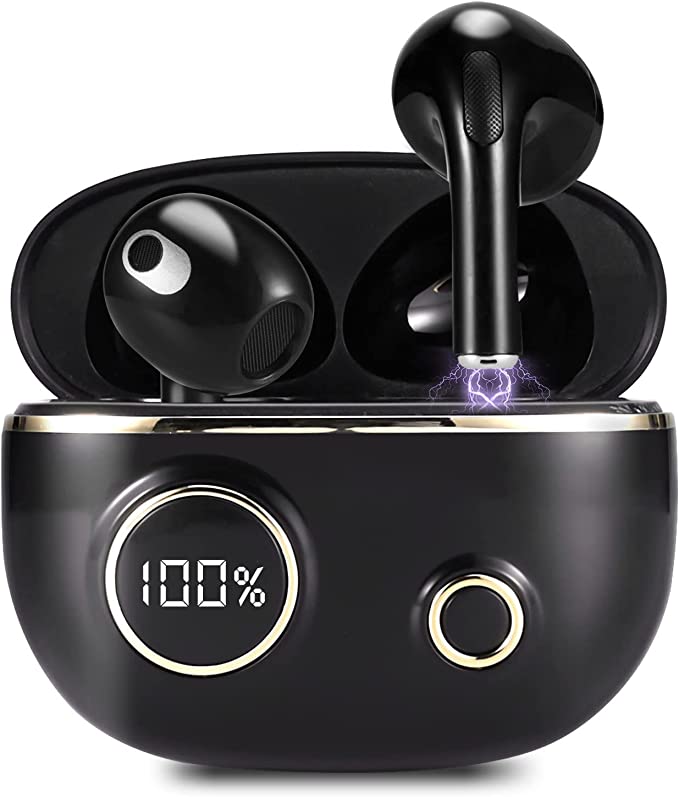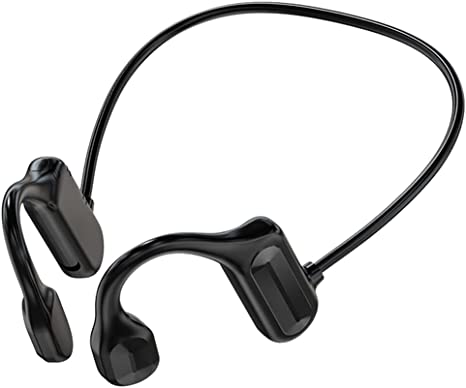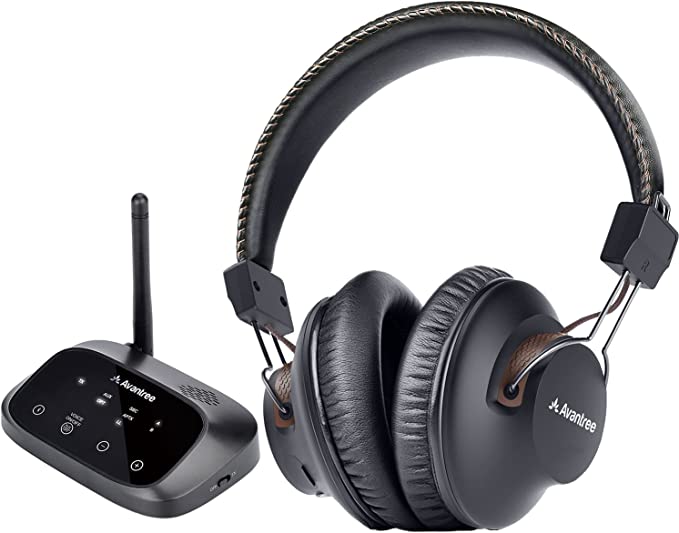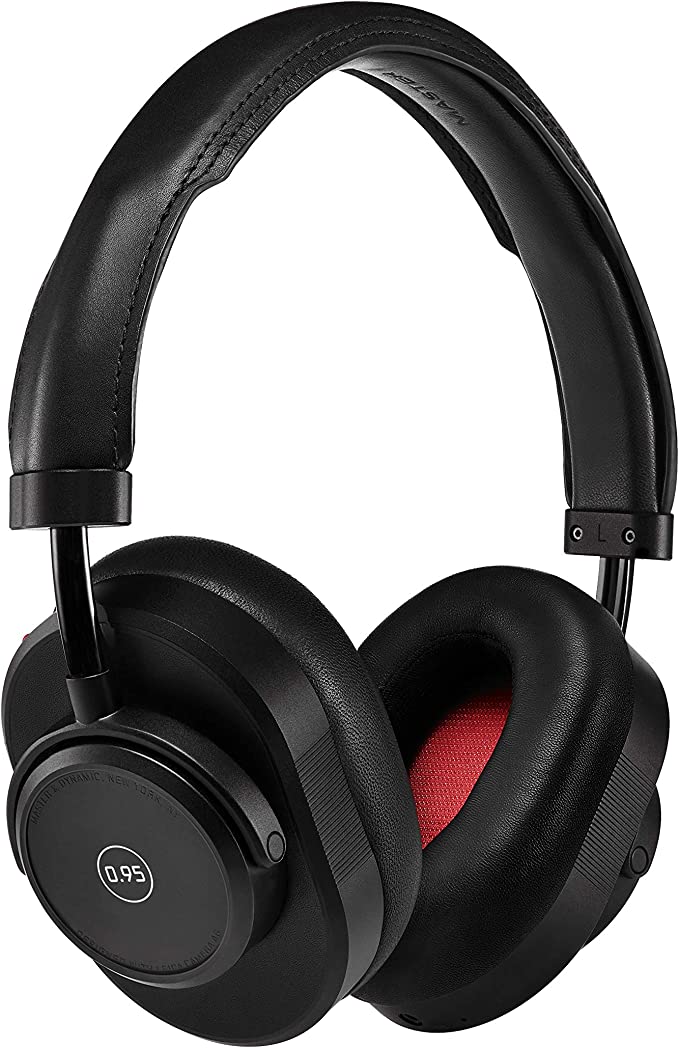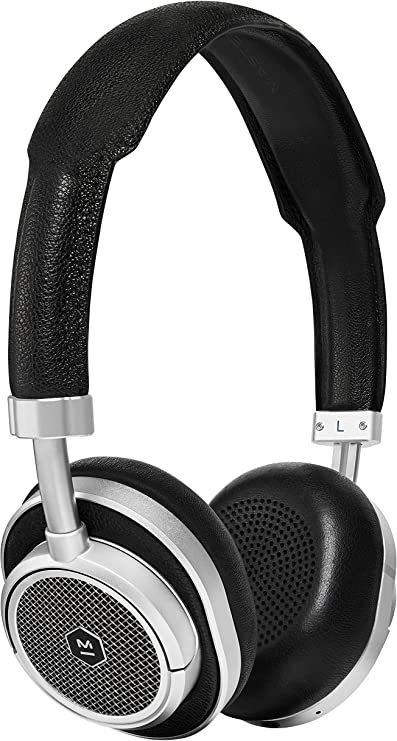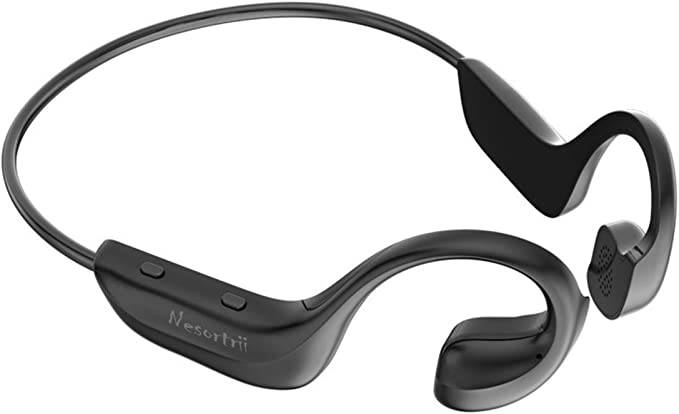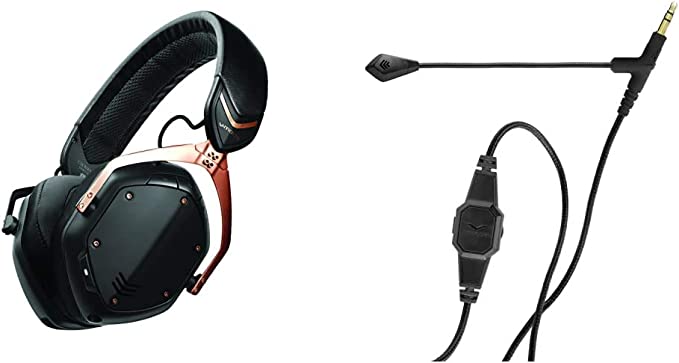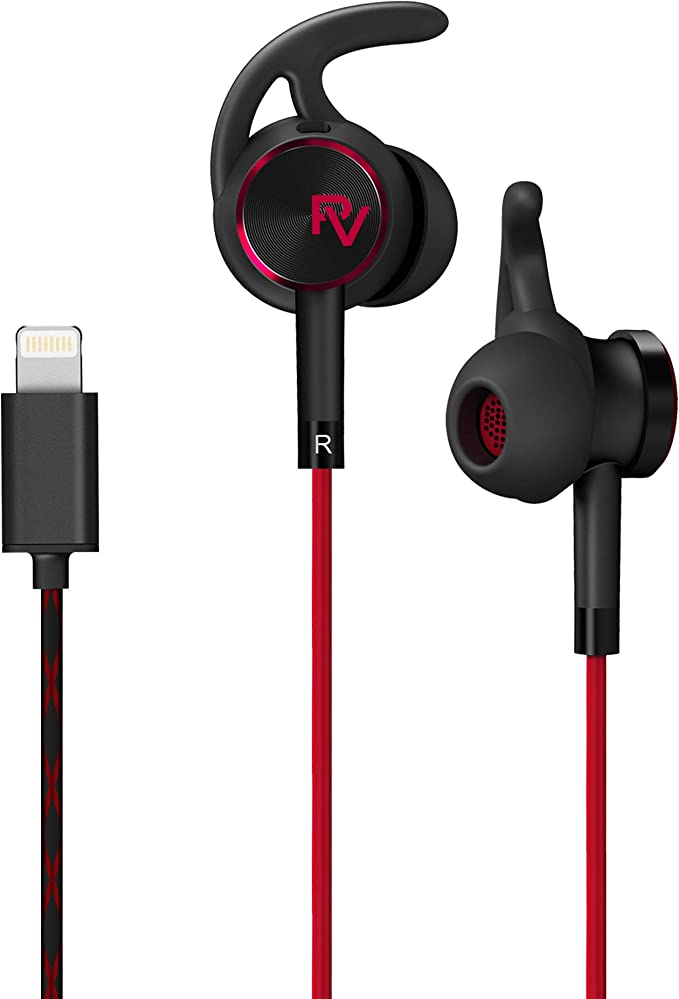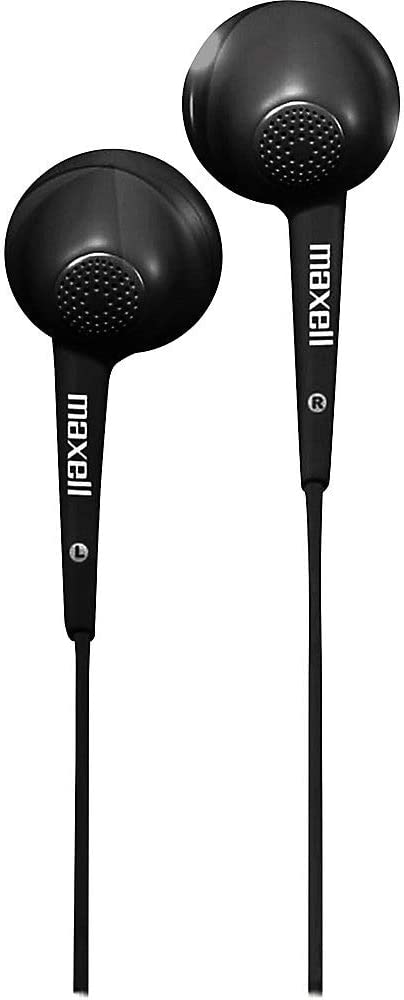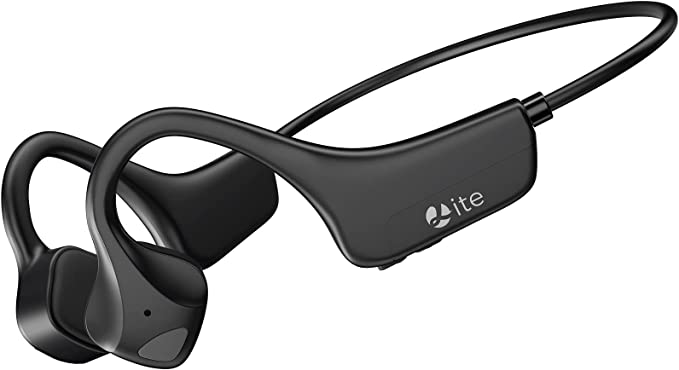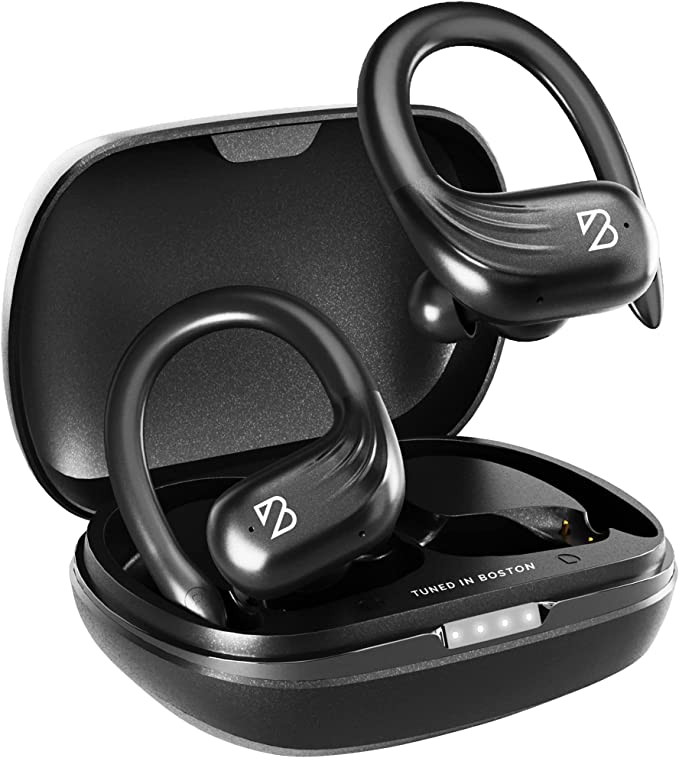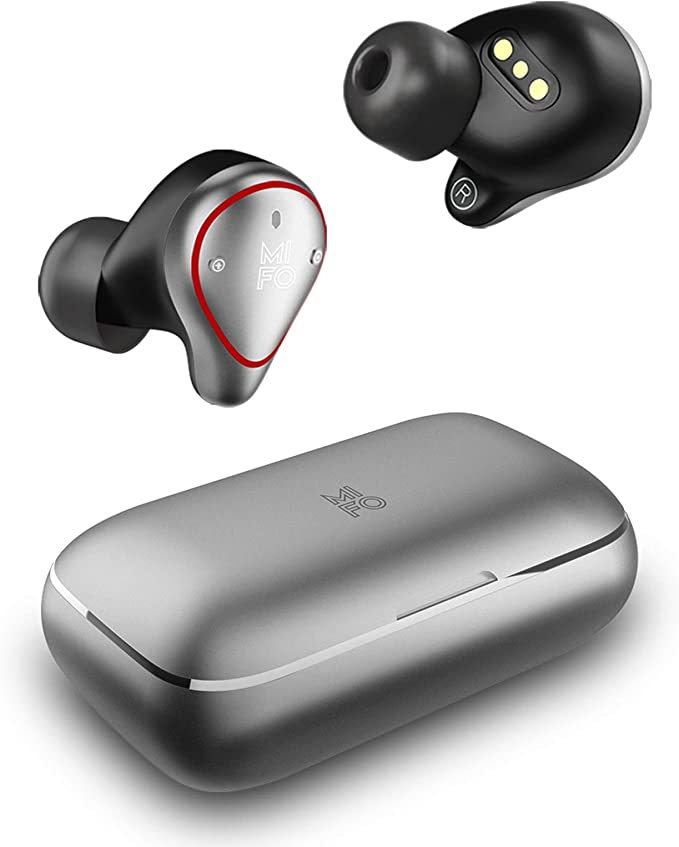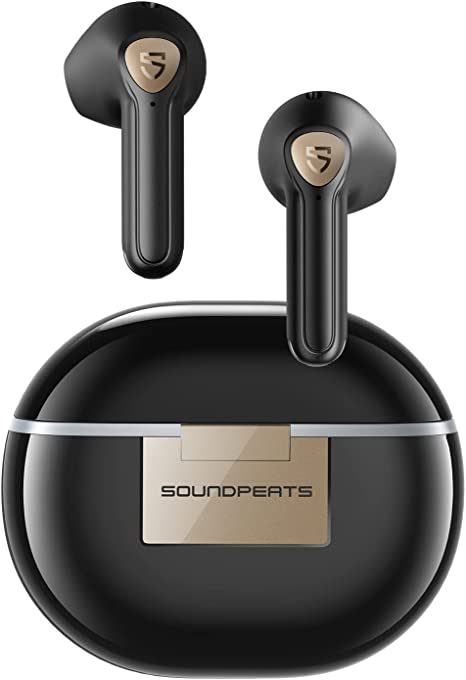Kurdene S8 Wireless Earbuds : The Budget Buds That Pack a Surprising Punch
Update on May 29, 2025, 5:18 a.m.
The world of personal audio has undergone a seismic shift in the past decade. Wires, once an accepted tether to our devices, are increasingly giving way to the freedom of wireless connectivity. This evolution isn’t just about convenience; it’s about integrating technology more seamlessly into our active and multifaceted lives. Among the plethora of options, products like the kurdene K-S8 Wireless Earbuds Bluetooth Headphones Sport aim to deliver a compelling blend of performance, endurance, and ergonomic design, particularly for those who need their audio to keep pace with their activities. But beyond the marketing claims, what scientific and engineering principles allow these earbuds to function as they do? Let’s delve into the intricate world packed within these compact devices.

The Sonic Engine: Understanding the Impact of 16.1mm Large Drivers
At the very heart of any earbud’s ability to reproduce sound lies its driver – a miniature marvel of engineering. The Kurdene K-S8 earbuds highlight their use of $16.1\text{mm}$ vibrating diaphragm drivers. To appreciate what this means, imagine a traditional loudspeaker, shrunk down to fit in your ear. A dynamic driver, the most common type found in earbuds, operates on a simple yet elegant principle: an electrical audio signal energizes a voice coil, creating a magnetic field that causes an attached diaphragm (a thin, flexible membrane) to vibrate. These vibrations displace air, generating the sound waves that our eardrums interpret as music, podcasts, or conversation.
The diameter of this diaphragm, in this case, $16.1\text{mm}$, is a significant factor, particularly for bass reproduction. Generally speaking, a larger diaphragm can move a greater volume of air with each excursion. Think of it like the difference between a small hand drum and a large bass drum; the latter, with its larger surface, produces deeper, more resonant low-frequency sounds. This physical reality allows the K-S8’s drivers to potentially deliver that “powerful bass” and “deep bass sound” often sought after by listeners, especially during workouts where a strong beat can be motivating. This isn’t to say size is the only factor – diaphragm material, magnet strength, and enclosure acoustics also play crucial roles – but it’s a fundamental starting point for a rich audio profile.
These drivers are tasked with reproducing sound across a specified frequency range, typically $20 \text{ Hz}$ to $20,000 \text{ Hz}$ for human-audible sound, which the K-S8 product information aligns with. The lower end ($20 \text{ Hz}$) represents the deepest bass notes, while the upper end ($20,000 \text{ Hz}$ or $20 \text{ kHz}$) signifies the highest trebles. The goal is to achieve a balanced output across this spectrum, ensuring “crisp mids, and clear treble” alongside that impactful bass.
Another specification, impedance, listed at $30 \text{ Ohms } (\Omega)$ for the K-S8 on its product page, refers to the electrical resistance the earbuds present to the audio amplifier in your phone or playback device. A moderate impedance like $30 \Omega$ is generally easy for portable devices to drive effectively, meaning you don’t need a specialized high-power amplifier to achieve satisfactory volume and sound quality. This makes them practical for everyday use with standard smartphones and laptops. Users often find that earbuds in this impedance range offer a good balance of volume and battery efficiency on their mobile devices. For instance, when you’re out for a run and relying on your phone for music, you want earbuds that can deliver clear, energetic sound without draining your phone’s battery excessively.

The Unseen Connection: Exploring Bluetooth 5.3 Technology
The magic of “wireless” in most modern earbuds, including the Kurdene K-S8, is delivered by Bluetooth technology. The K-S8 specifically states an “Upgrade to the latest Bluetooth 5.3 technology.” Bluetooth is a wireless technology standard for exchanging data over short distances using short-wavelength UHF radio waves in the Industrial, Scientific, and Medical (ISM) radio band from $2.400$ to $2.485 \text{ GHz}$. It’s managed by the Bluetooth Special Interest Group (SIG), which oversees the development of the standards and licensing.
Each iteration of Bluetooth aims to improve upon the last. Bluetooth 5.3, for example, can offer enhancements in connection reliability, power efficiency, and security compared to older versions. The K-S8 product page emphasizes “faster data transfer and an ultra-stable connection,” with a stated reliable range of up to 33 feet (approximately $10 \text{ meters}$). This range is, of course, under ideal conditions; obstacles like walls, and interference from other wireless devices (like Wi-Fi routers or microwave ovens operating in the same $2.4 \text{ GHz}$ band) can reduce effective range. However, for typical use cases like having your phone in your pocket while jogging, or on a nearby desk during a meeting, Bluetooth 5.3 aims to provide a consistent, drop-free audio stream.
To function for various audio tasks, Bluetooth devices support different profiles. The K-S8 manual indicates support for common profiles such as:
- A2DP (Advanced Audio Distribution Profile): This is fundamental for streaming high-quality stereo audio from your phone to the earbuds.
- AVRCP (Audio/Video Remote Control Profile): This allows you to control playback functions (play, pause, skip track) directly from the earbuds.
- HFP (Hands-Free Profile): Essential for using the earbuds to make and receive phone calls.
- HSP (Headset Profile): Provides basic headset functionalities, including call handling.
The combination of these profiles ensures that users can seamlessly switch between listening to music, taking calls, and controlling their media without constantly reaching for their source device. Imagine cycling and receiving an important call; with HFP and touch controls, you could answer it without fumbling for your phone.
Marathon Audio: The Science of 60-Hour Total Playtime
One of the most practical concerns for wireless earbud users is battery life. The Kurdene K-S8 boasts an “Impressive 60H Total Playtime,” broken down into up to 12 hours of continuous playtime from the earbuds on a single charge, with the accompanying charging case providing an additional 48 hours of power.
The earbuds themselves contain small rechargeable Lithium-ion (Li-ion) or Lithium-polymer (Li-Po) batteries, with the manual specifying a capacity of $50 \text{ mAh}$ per earbud. These battery chemistries are favored in portable electronics due to their high energy density (storing a lot of energy in a small, lightweight package) and good lifespan over many charge cycles. The 12-hour playtime from such a small battery is a testament to the energy efficiency of modern System-on-Chips (SoCs) used in these earbuds, which manage Bluetooth connectivity, audio processing, and power consumption. Efficient audio codecs (the software that compresses and decompresses digital audio) also play a part.
The charging case, with its larger $400 \text{ mAh}$ battery (as per the manual), acts as a portable power station. When you place the earbuds back into their magnetically aligned slots, they begin recharging from the case’s internal battery. This design means that for several days of typical use – perhaps a couple of hours of music during a commute, an hour at the gym, and some calls – you might only need to recharge the case itself once or twice a week. The earbuds themselves can be fully recharged in approximately $1.5 \text{ hours}$. For someone who travels frequently or simply forgets to charge devices nightly, this extended total playtime can be a significant convenience, reducing “battery anxiety.”
Engineered for Activity: Ergonomics, Materials, and Water Resistance
For earbuds marketed towards “Sport,” “Running,” and “Workout,” the physical design is as critical as the audio technology. The Kurdene K-S8 features an “Over Ear Buds with…Earhooks” design. This ergonomic approach leverages the structure of the human ear for enhanced stability. The soft, flexible silicone ear hooks loop over the top and back of the ear, providing multiple points of contact. This significantly reduces the likelihood of the earbuds dislodging during vigorous movements like jumping, sprinting, or sudden head turns, a common pain point with less secure in-ear designs.
The choice of silicone for the ear hooks and the in-ear ear caps is also deliberate from a materials science perspective. Silicone is:
- Flexible and Soft: Conforming to the unique shape of different ears for a comfortable fit over extended periods.
- Grippy: Providing a degree of friction to help keep the earbuds in place, especially when moisture from sweat is present.
- Durable: Resistant to tearing and degradation from sweat and oils.
- Generally Hypoallergenic: Suitable for prolonged skin contact for most users.
A secure and comfortable fit also contributes to passive noise isolation. By creating a good seal within the ear canal, the silicone ear tips physically block out a portion of ambient sounds, allowing users to focus on their audio without needing to crank up the volume excessively, which is better for hearing health.
The product page also states a “Water Resistance Level: Waterproof” for the earbuds. While specific IP (Ingress Protection) ratings provide a more granular measure of protection against solids and liquids (e.g., IPX7 means the device can be submerged in 1 meter of water for 30 minutes), a general “waterproof” claim for sports earbuds usually implies they are designed to withstand sweat and light rain. This is crucial for longevity when used in fitness scenarios. The internal electronic components are often coated or sealed to prevent moisture damage. It’s important to note, as the user manual often clarifies for such products, that the charging case and charging cable are typically not water-resistant to the same degree. The user manual also advises drying the earbuds if they get wet, which is good practice regardless of the water-resistance claim, ensuring charging contacts remain clean and functional. Users who regularly run outdoors in unpredictable weather or sweat heavily during workouts find this feature indispensable for the longevity of their audio gear.
Fingertip Command: The Simplicity of Smart Touch Controls
Interacting with your audio and calls without constantly pulling out your phone is a key benefit of modern wireless earbuds. The Kurdene K-S8 features “Intuitive Smart Touch Control.” These controls typically rely on capacitive sensing technology. A tiny electrode is embedded beneath the surface of the earbud. Your skin is naturally conductive. When your fingertip touches this surface, it changes the local electrostatic field, altering the capacitance. A microcontroller within the earbud detects this minute change and interprets it as a command based on the gesture – a single tap, double tap, triple tap, or a long press.
This allows for a sleek, button-free exterior and enables users to manage functions like:
- Play/Pause Music: Usually a single tap on either earbud.
- Skip Tracks: Often a double or triple tap.
- Adjust Volume: Sometimes a long press (e.g., right earbud for volume up, left for volume down, as indicated in the K-S8’s MFB diagram).
- Answer/End Calls: Typically a single or double tap.
- Activate Voice Assistant (Siri, Google Assistant): Often a specific gesture like a triple tap.
The benefit in active scenarios is clear: if you’re on a treadmill and want to skip a song, a quick tap to the earbud is far more convenient and safer than trying to operate a phone screen while in motion. While touch controls can sometimes be overly sensitive or have a slight learning curve, their directness is a valued feature for on-the-go control. The K-S8’s user manual provides a diagram for the MFB (Multi-Function Button) touch operations, which users would familiarize themselves with for optimal use.

Synthesizing Science for the Everyday User
The Kurdene K-S8 Wireless Earbuds, like many contemporary audio devices, are a confluence of multiple scientific and engineering disciplines. From the acoustic principles governing their $16.1\text{mm}$ dynamic drivers to the radio frequency engineering of Bluetooth 5.3, the electrochemistry of their extended-life batteries, the material science behind their comfortable and durable build, and the capacitive sensing enabling their touch controls – each element is designed to contribute to a seamless and enjoyable user experience.
While they may not offer every cutting-edge feature found in premium-priced alternatives, the focus here is on delivering a robust set of core functionalities that cater well to the needs of active individuals and everyday audio consumers. The science isn’t just in the individual components, but in how they are integrated to work harmoniously, providing clear sound, stable connections, long-lasting power, and a comfortable, secure fit, ultimately aiming to make our engagement with the digital world a little more effortless and a lot more enjoyable. Understanding these underlying principles can empower consumers to look beyond marketing buzzwords and appreciate the intricate engineering that goes into even the most accessibly priced technology.
